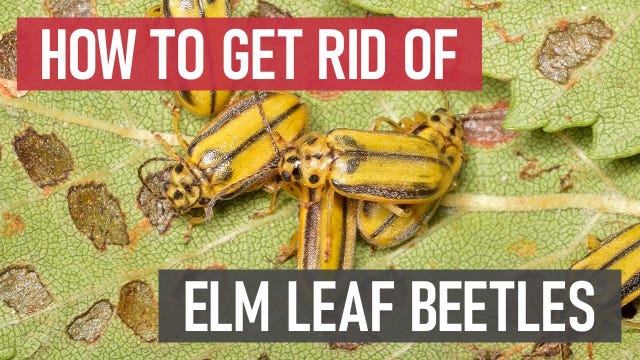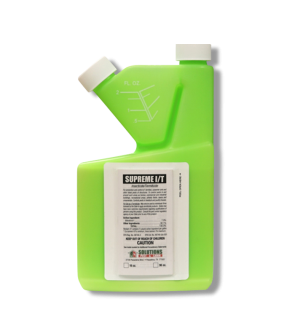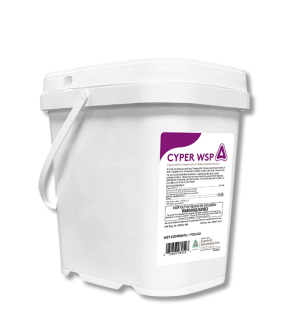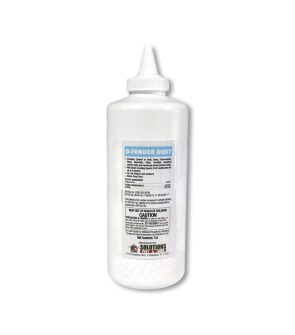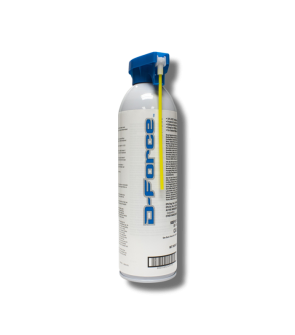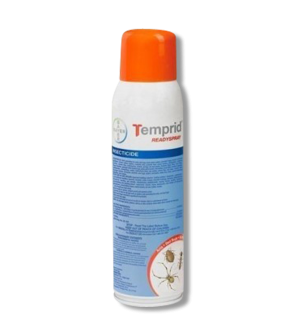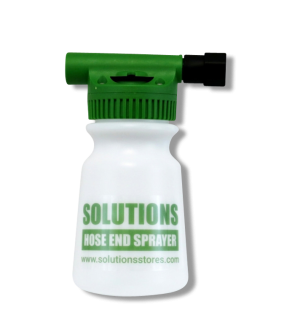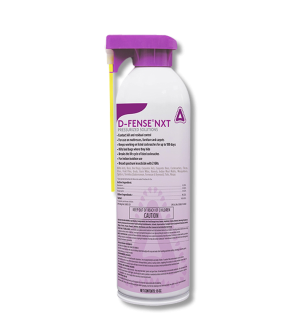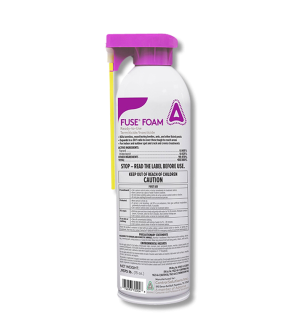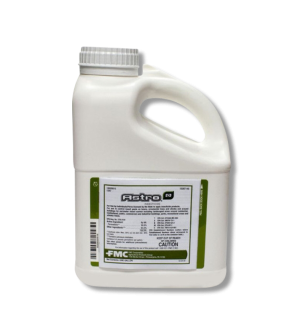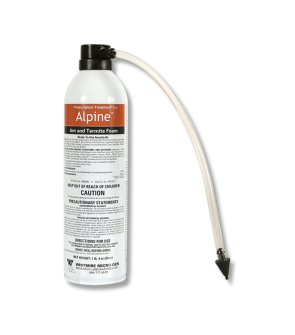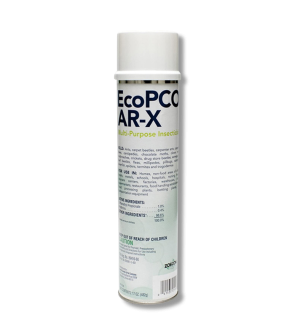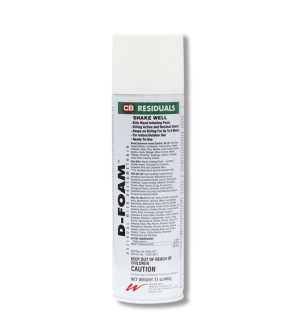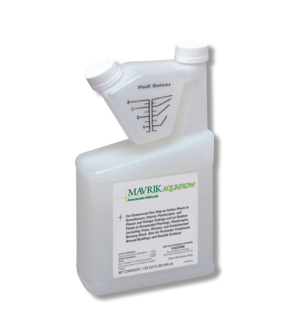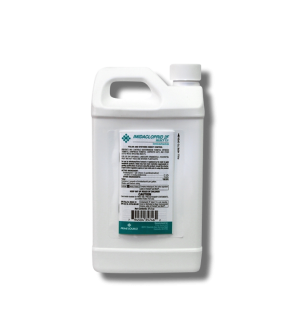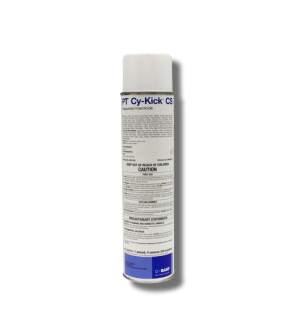Gain access to personalized product screening, the best pricing, rewards, and more!
Most Effective Products
Elm Leaf Beetle Control: How to Get Rid of Elm Leaf Beetles
This page is a general DIY guide that controls elm leaf beetles. Using the products and methods suggested, you will get control and prevent future reinfestations of elm leaf beetles. Follow this DIY guide and use the recommended products, and we guarantee 100% control over elm leaf beetles.
It is not uncommon to assume that elm leaf beetles damage elm trees during the spring season. The larvae of this Xanthogaleruca genus pest feed on elm tree leaves, leaving a skeleton-like appearance on the foliage. After continuous feeding, the tree becomes susceptible to wilting, brown age, disease, and eventual death.
Usually an outdoor pest, elm leaf beetles may also invade indoor spaces in large numbers throughout the United States and heavily in Colorado, serving as nuisances and littering the area. As leaf-feeding pests, they are not harmful to a homeowner's health or the wooden structure of homes.
Since the adult and larvae stages of elm leaf beetles feed on elm leaf tree species, they can be severe infestations if left untreated. Our DIY guide will present vital information and fast elimination methods for elm leaf beetles in residential yards and landscapes through the listed steps and easy-to-use products.
Identification
Before proceeding with treatment, you must ensure that the pest infesting your property is elm leaf beetles. Careless identification can lead you to use the wrong or ineffective insecticide treatments, which can waste time and finances. To identify elm leaf beetles, refer to the following characteristics.

- Adult elm leaf tree beetles are small insects with oval-shaped bodies that grow up to be 1/4 of an inch in length. They range from yellow to orange and brownish-green in coloration. Across its head, pronotum, and thorax are several black spots and has a long black strip running along the outer side of its wing.
- During winter, the adult elm leaf beetle will appear darker in coloration than in summer.
- In its larvae stage, they will be very small, measuring up to 1/2 inch long. When newly hatched, these larvae will be very small and black in color. As they mature, they will lose this coloration, becoming more pale yellow, and develop 2 lateral black strips along their back.
- Larvae of elm leaf beetles will reach a height of 12 mm and develop a caterpillar-like appearance.
Use the image and description above to help you properly identify an elm leaf beetle. If you are unsure of the pest inhabiting your elm leaf trees, contact us with a photo or sample of the pest in a ziplock bag or plastic container.
Inspection
Once you have confirmed the elm leaf beetles on your property, you can proceed to the next phase of the control treatment, which is inspection. While it may sound simple, inspection is an important process that helps determine where to apply your insecticides and avoid unnecessarily using them, thus increasing product effectiveness.

Where to Inspect
Elm leaf beetles are leaf-invading pests that mainly feed on the leaves of elm leaf trees.
Adult elm leaf beetles will overwinter in tree bark, woodpiles, soil beneath trees, and other sheltered places, such as within your home during periods of excessive cool weather. Come spring, they may emerge indoors as the temperature warms up.
What to Look For
Female elm leaf beetles will begin to lay numerous spindle-shaped eggs, colored yellow-whitish, in large clusters on the underside of tree leaves. This activity will take place during late spring or May. After a week, these eggs will hatch to release groups exceeding more than 25 larvae.
By mid-July to September, the second generation of pests will begin feeding. After this time frame, these second larvae brood will become overwintering adult beetles that will begin searching for places to hibernate.
Adult elm leaf beetles leave feeding patterns of small round holes across the leaf, causing them to turn brown and wilt. Damage from larvae will be seen beginning on the bottom of the leaves, making them appear skeletonized. They will then work towards the upper half of the leaf, creating a thin layer.
Treatment
Once you have confirmed the elm leaf beetle and the areas it is infesting, it is time to begin the treatment step. Wear the appropriate personal protective equipment (PPE) before handling insecticide products.
Elm leaf beetles are a persistant pest that produces at least one generation per year. Many places in the United States produce two to three generations, but warmer climates can produce up to five generations.
Infestations are expected to occur during the spring and summer seasons as elm leaf beetles emerge from hibernation or eggs.
Step 1: Broadcast Supreme IT

Since adult elm leaf beetles tend to forage and breed on elm leaf tree leaves, it would be best to perform a broadcast treatment with a residual liquid insecticide.
We recommend using a broad-spectrum insecticide like Supreme IT, which can eliminate up to 70 different types of pests for up to 90 days. This product will need to be used with a hose-end sprayer to reach leaves on the upper part of the elm leaf trees.
Determine how much Supreme IT to use by measuring the square footage of the treatment area. To find the square footage of a tree, you will need to take a piece of paper and fold it to form a triangle.
It should have one right 90-degree angle and two 45-degree angles. Hold this triangle in front of one eye with the longest side (90-degree angle) pointed away from you.
While holding the triangle, step back until you can see the top of the tree with the top of the triangle. Mark the spot with washable paint or an object and measure in feet from the base of the tree to the marked spot. This will be the height of the tree. Add your height to the point below your eye to the calculated total to achieve a total tree height.
To find the width of a tree, measure the dripline of the tree to the other side. Take the width and length of the tree and multiply to find square footage (length X width = square footage).
Elm leaf beetles will need to be treated with 0.125 to 0.25 oz. of Supreme IT per gallon of water per 1,000 sq. ft.
Pour the measured amount of Supreme IT into the hose-end sprayer, but do not add water yet. Attach to the end of a garden hose and twist until secure. Spray until the appropriate amount of water is mixed in with the solution. Treat the top and bottom of leaves in a back-and-forth motion until leaves are wet, but not to the point of run-off. Wear safety glasses and a mask, as the product can drop onto you from this height.
Step 2: Perform Perimeter Treatment

Treat the exterior perimeter of homes and the ground beneath trees to eliminate chances of elm leaf beetles overwintering.
To find your home's square footage, measure the length and width of the treatment area in feet. Then, multiply these two values (length X width = square footage).
For a general perimeter and broadcast application, we suggest using 1 fl. oz. of Supreme IT with 1 gallon of water per 1,000 sq. ft.
Best to make applications with a handheld pump sprayer or backpack sprayer for this type of application.
Spray 3 feet up and 10 feet out from the home foundation to keep elm leaf beetles from coming inside your home.
For broadcast applications, start from the back to the front of your yard, treat the bottom and topside portions of leaves until they are wet, but do not go to the point of run-off. This includes treating the turf underneath trees, ornamental foliage, and shaded areas.
Prevention
After your home and yard have been freed of elm leaf beetle infestation, you must ensure they do not return. Put the following preventative methods in place to keep elm leaf beetles out of your trees and home.
- Start by pruning away dead and overgrown tree limbs and leaves from elm leaf trees, including the branches or leaves that touch your home or have fallen on the roof.
- Clear piles of leaves and tree bark that have fallen on the ground by raking and covering or storing wood piles in enclosed structures.
- Apply Supreme IT every 90 days and during the first half of spring, summer, and fall, as this is when elm leaf beetle activity periods are highest. Be sure to make an outdoor perimeter application around your home at the rate of 1 fl. oz. per 1 gallon of water per 1,000 sq. ft. to keep these pests from appearing indoors.
- Cultivate the soil surrounding trees to disturb any potential elm leaf beetles overwintering.
- Seal cracks and crevices around the home with caulk to prevent elm leaf beetles from overwintering in the attic, basement, and other enclosed spaces.
Key Takeaways
What are Elm Leaf Beetles?
- Elm leaf beetles are common insects found across the United States that feed on the leaves of elm leaf trees in residential homes and landscapes.
How to Get Rid of Elm Leaf Beetles
- To get rid of elm leaf beetles, use a broadcast spray application and perimeter treatment of Supreme IT across your yard, underneath trees, against the home's foundation, and on tree leaves.
Preventing Elm Leaf Beetle Reinfestation
- Eliminate leaf litter and debris, cover wood piles, and other cultivation methods to reduce the environment elm leaf beetles search for. You will also need to apply Supreme IT every 90 days to prevent larvae and breeding activity of elm leaf beetles.
-
Q:Something is eating my Princeton Elm leaves and I cannot see anything. I spray with Monterey Garden insect spray, neem oil and have tried copper sulfate. What else can I try? I am in central Fl, zone 9, tree is 6 ft tall sapling. HELP!!!!5/26/24A:To be 100% sure, an inspection should be performed to see which pest you have. However the product we suggest here, Supreme IT, is labelled to control over 70 different pests!
Colin Travis
6/7/24






